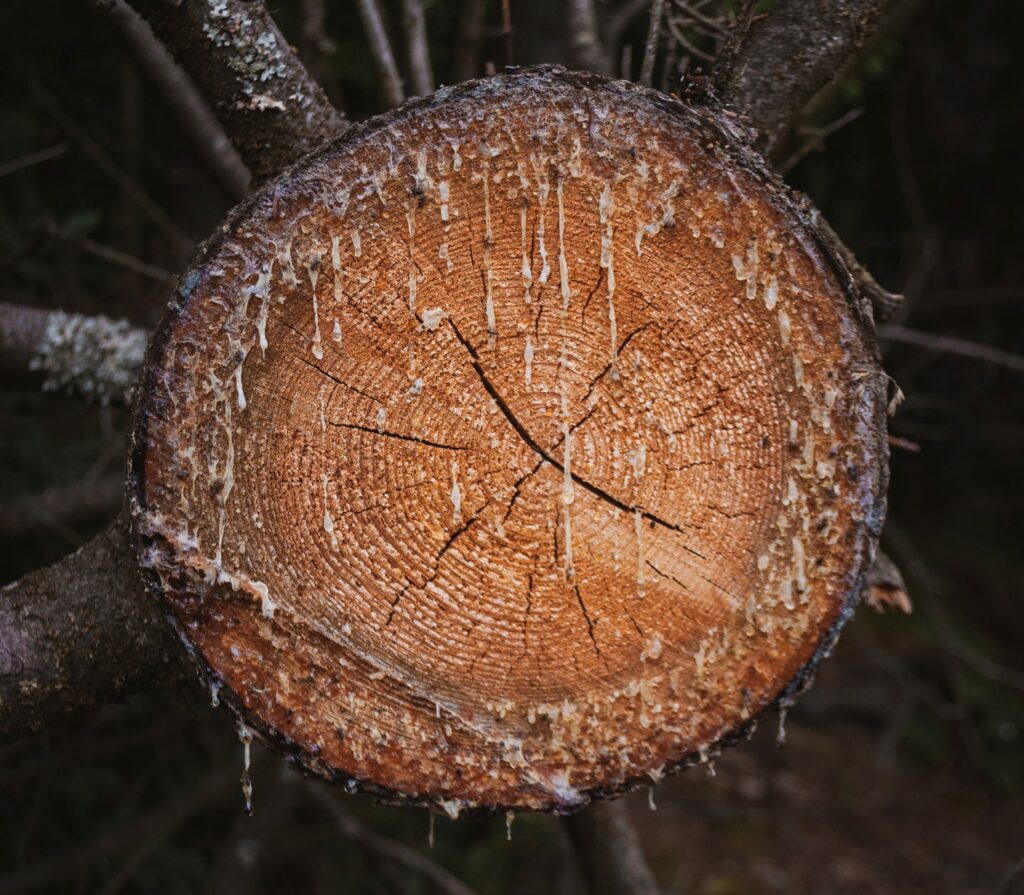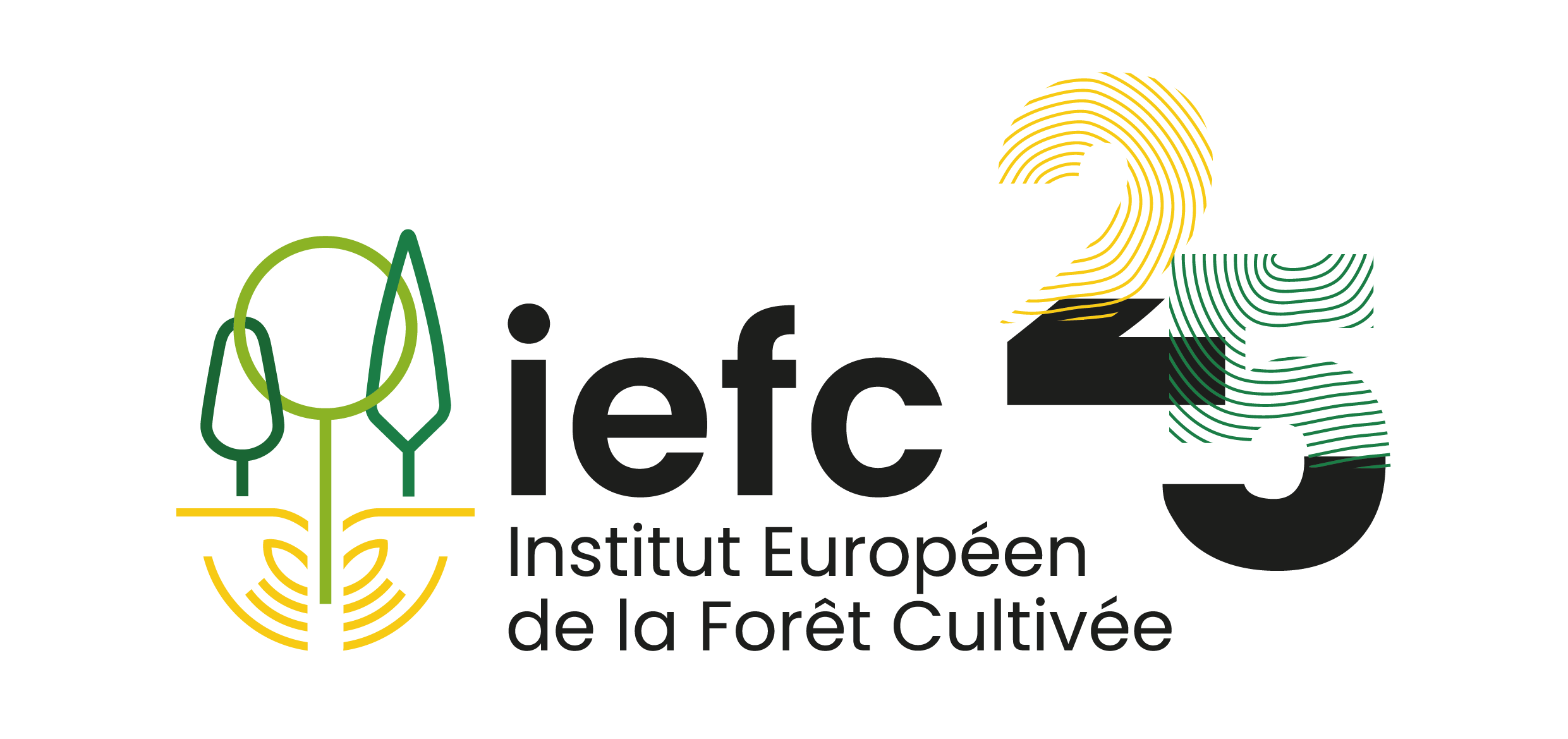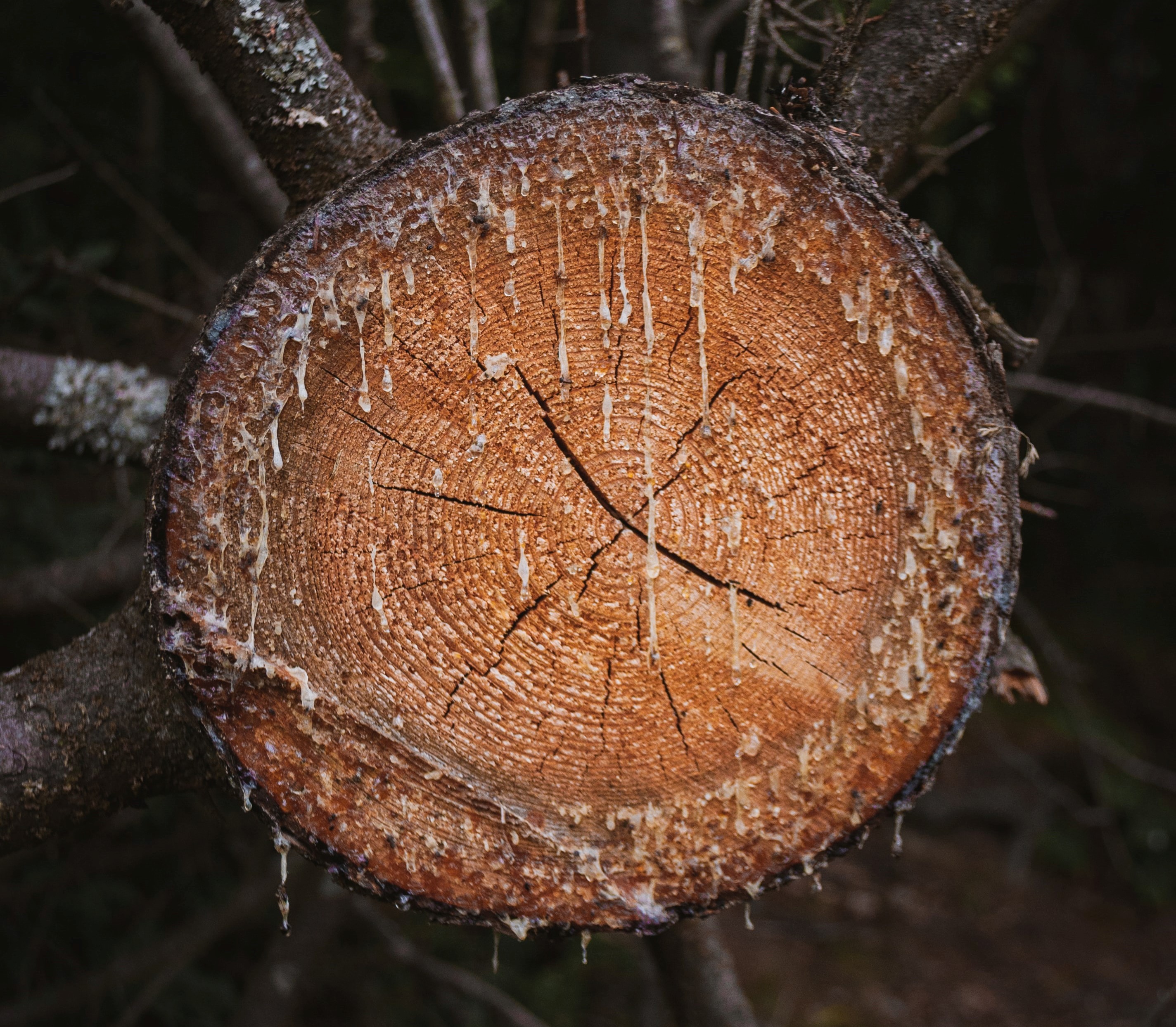
The 8th public meeting of the Gemm_Est & ExtraFor_Est projects, related to extractable chemical compounds from trees, was held online on 22 April 2021. This event, which was open to the public, was also an opportunity for a wide range of French stakeholders to discuss the topic of pine resin.
The wood industries produce a large number of by-products that are often poorly valued. Based on this observation, the aim of these projects is to bring the forestry-wood sector closer to the plant chemistry sector, which works not only with plants containing starches and sugars, but also lignocellulosic plants and plants containing active substances. Francis Colin, from the UMR SILVA at INRAe in Nancy, presented the range of bio-sourced products that are now used in many sectors such as construction, automotive, sanitary products, packaging and cosmetics. Armand Clopeau (IEFC) completed this introduction by presenting the sectors in which resin is used around the world. Today, resin is mainly used for the production of inks (28%), adhesives (24%) and paper glue (18%). Turpentine is used to produce perfumes and aromas (45%), hygiene and household products (33%) and solvents (11%). In Nouvelle-Aquitaine, the Holiste company is conducting research that is enabling a revival of resin tapping in the Landes forest. Among the steps taken, the eco-certification of rosin has allowed for a better valuation of this primary transformation product and has led to the search for outlets in the food packaging sector.
In the Alpes de Haute-Provence, Samuel Aubert, a researcher and self-employed entrepreneur, is developing a resin tapping business focusing on Aleppo pine. Resin tapping tests have also been carried out on Austrian black pine, Scots pine, larch and spruce. The tapped resin is usually steam distilled, but the technique could evolve in the future towards low pressure distillation. The turpentine obtained is used in aromatherapy and other possibilities are being studied, such as the production of wood stains. Aleppo pine resin seems to be particularly suitable for use in the perfume industry, thanks to its aroma containing grapefruit notes.
Claire Bastick then presented the work of the Institut National de l’Information Géographique et Forestière (IGN), which is mapping the stands with the most potential for resin tapping in Haute-Loire and Bas-Rhin regions. This work aims to test a method of identifying areas of interest within the framework of a revival of the activity. This revival is also conditioned by a determination of the impact of resin tapping on wood production. In Nouvelle-Aquitaine, the first trials conducted by the CNPF and the FCBA did not show any significant impact of resin extraction on productivity, nor on the physical-chemical qualities of the wood.
IEFC will organise the final conference of the SustForest+ project jointly with the CRPF Nouvelle-Aquitaine. This event will take place at the Conseil Régional d’Aquitaine in Bordeaux on 8 and 9 November 2021 and will be open to the public. It will be an opportunity to present the main results of the project and to allow exchanges between stakeholders from different backgrounds on a regional and European scale.
By Armand Clopeau (IEFC)
Image by Alexandra Mirghes, Unsplash

